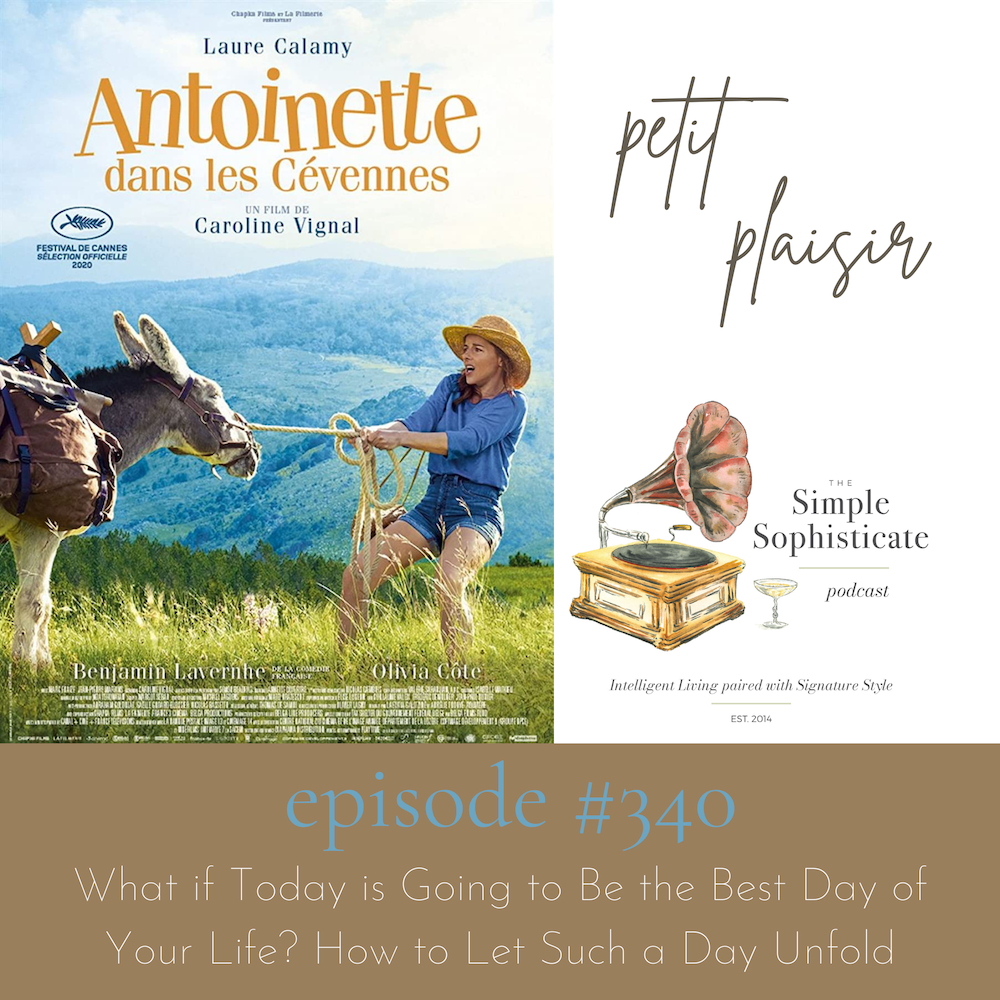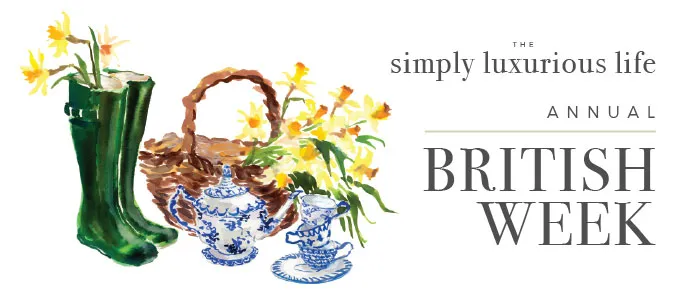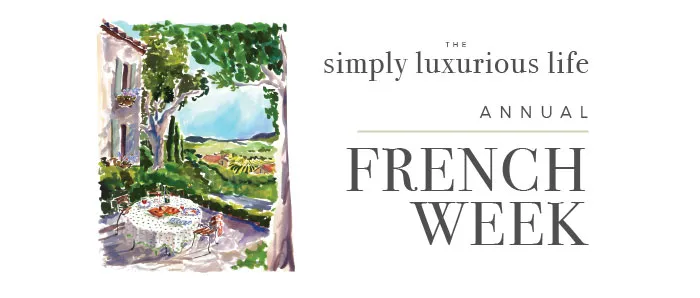Become a Member for as little as $4/mo and enjoy unlimited reading of TSLL blog.
The Scottish writer Robert Louis Stevenson and Modestine the donkey.
No, these two are not characters in the movie Antoinette dans les Cévennes, but they are loosely paralleled and the source of inspiration for Antoinette’s journey with her donkey along the 12-day hike through the Cévennes in south central France.
Stevenson’s multi-day hike took place in 1878 when he was in his late 20s, and it was all inspired by love. Along with future titles you may recognize (Treasure Island and Dr. Jeykll & Mr. Hyde), his publication in 1879 of Travels with a Donkey in Cévennes is lesser well known, until now.
However, Antoinette, played superbly by Laure Calamy (winning France’s equivalent to the Oscar award – César Award for Best Actress in 2021 for her role) who you no doubt will recognize if you are a fan of the wildly popular French comedy series Dix Percent (aka Call My Agent), isn’t directly inspired to take the multi-day hike through the Cévennes because of Stevenson’s engaging and inspiring writing (which it is and does inspire many people to take this hike, stopping along the way each night for a meal and staying in a hostel before heading back out on the trail the next day). No, no, no, she is choosing to take the journey to hopefully (and not guaranteed) “accidentally” meet up with her lover who is hiking the trail with his young family (wife and daughter, the daughter who Antoinette teaches at her elementary school in Paris). And this is where the Stevenson’s journey and Antoinette’s quietly part ways and never cross again for the thematic purposes of the movie.
Released in Belgium in September 2020 and chosen as an Official Selection of the 2020 Cannes International Film Festival, Antoinette dans les Cévennes is almost bettered titled in the English version – My Donkey, My Lover and I – solely because the donkey in the film, his name is Patrick, has vital life lessons to teach Antoinette if only she would stop following others’ life journeys and heed her own inner wisdom. In Stevenson’s journey with his donkey, near the end of the trek, Modestine is deemed unable to continue, and Stevenson, albeit with a heavy heart, sells her and takes a coach to the final destination which is Alés. I won’t spoil the ending of the film for you, but I think you will enjoy it immensely.
I was disappointed by IMDb’s brief synopsis of the film as it undersells and grossly simplifies the theme of the primary plot. Yes, Antoinette is a school teacher, unmarried and unlucky in love (as we hear of her love journey as she informs Patrick while they are hiking) but feels the love she is meant to find has been discovered with the father of one of her pupils, Benjamin . . . and he is married. Clouded by a myriad of emotions, and blind to her lover’s intentions in seeking her out as a paramour, on the upcoming school holiday, he heading out on a vacation with his family, and so she decides to make similar getaway plans and ‘accidentally’ meet them along the way.
Not doing her homework beforehand as she is all consumed with crossing paths with Benjamin, she chooses to travel dans les Cévennes with a donkey, when while yes, the trek is inspired by Stevenson doing the same, most people elect to simply walk sans donkey. However, she sets out, on her own with Patrick, and immediately, it becomes clear that the donkey is Antoinette (albeit, initially a wiser Antoinette), and she treats the donkey as she should treat herself – protecting him, noticing people who see him as an object to serve them without any regard for Patrick’s well-being, and she stepping in not to let them – aggressively when necessary, all to protect Patrick; she speaks kindly to Patrick, and only after she sees him as an animal with emotions does she quickly apologize for the few instances she does speak harshly out of frustration of her absurd idea to try and ‘travel’ with her lover. Just as she treats her students (who adore her), she speaks kindly and encouragingly, walking beside him to move forward together rather than in front of him pulling him along. I look forward to watching this film again, but even while watching it the first time, you can see the progression of self-awareness in Antoinette growing as she and Patrick begin to form a special bond – one that he seems to be acutely aware of from the beginning – case in point, knowing and pointing out with his brays that Benjamin is not someone to be trusted – and she eventually realizes this as well. Along the journey she begrudgingly comes to realizations of her errors in love, and begins to let go, and enjoy the journey, and that is what makes all the difference.
~Watch this film now in theaters or stream on Amazon Prime
~the trailer for the film . . .
Antoinette dans les Cévennes is the Petit Plaisir in episode #340, What If Today is Going to Be the Best Day of Your Life? How to Let Such a Day Unfold

~Explore all of TSLL’s Petit Plaisirs here in the Archives.



The trailer makes this look like a fun film. Yes, I might be a bit leery because it’s in French w subtitles, but after you recommended Gemma Bovery, I was able to find that & enjoyed it. The subtitles didn’t bother me at all. My original intent w Gemma was to do a movie/book comparison, but after seeing the film I don’t think that’s really possible. Well, maybe it is, but even knowing just a little about Madame Bovary I was able to pick out the parts that were similar. I thought the ending was a hoot – Martin’s family knows him too well. It was fun, too, to see Cary Warleggan from Poldark & Sir George Yeardley from Jamestown in it.
Cathy,
If you enjoyed Gemma Bovary and navigated the subtitles, I think you will be able to enjoy this film as well. The beauty in the mountains is also a treat.
Regarding the film Gemma Bovary and what it was paralleling of Flaubert’s classic is actually to question, subtly criticize how a man (Flaubert) can accurately ascertain and understand a woman and life as she experienced it. Which I think is most directly driven home in the final scene as you pointed out.
Wishing a wonderful time watching Antoinette and Patrick! I adored him and she is lovely in this film. ?
Our animals can teach us a lot. I saw this film in the open air in August in the middle of a beautiful chateau park. It is a delightful film but I think you’re right Shannon the French title is a bit misleading and the English one is more apt. I have followed Robert Louis Stevenson’s trail with only a backpack and I can tell you that it’s a great way to connect with yourself. It’s full of surprises and you get to meet some lovely people. After watching the film I am very tempted to do it again. If any TSLL readers get the chance to do this journey you will not be disappointed. The Cévennes is stunning.
How awesome to have traveled this journey! Thank you for sharing with us Kameela. As I was watching this film, I was thinking to myself, hmmm . . . this looks like a wonderful idea. Should I? 🙂 How lovely to have watched this film outdoors. I now remember you sharing with us when you did this earlier this summer. What a treat!
I loved this movie. I watched it on the big screen at my small local theater. The scenery was breathtaking. I fell in love with Patrick and could relate to Antoinette’s passion and desire to be loved and to love. I am anxious to see it again and share it with friends and family.
Thank you for sharing your enjoyment and what you related to in the film Janet. ?